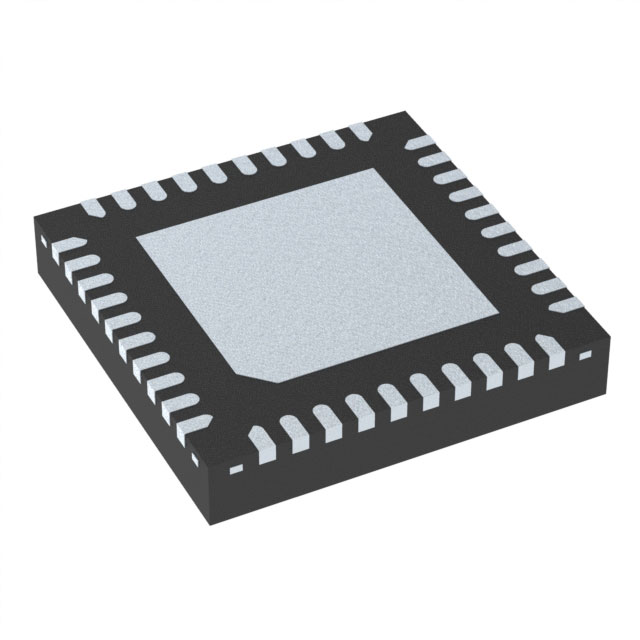
ADC3583IRSBR
Active1-CHANNEL SINGLE ADC SAR 65MSPS 18-BIT SERIAL (0.5-WIRE, 1-WIRE, 2-WIRE)/LVDS 40-PIN WQFN EP T/R
Deep-Dive with AI
Search across all available documentation for this part.

ADC3583IRSBR
Active1-CHANNEL SINGLE ADC SAR 65MSPS 18-BIT SERIAL (0.5-WIRE, 1-WIRE, 2-WIRE)/LVDS 40-PIN WQFN EP T/R
Deep-Dive with AI
Pricing
Prices provided here are for design reference only. For realtime values and availability, please visit the distributors directly
| Distributor | Package | Quantity | $ | |
|---|---|---|---|---|
| Digikey | Tape & Reel (TR) | 3000 | $ 96.25 | |
| Texas Instruments | LARGE T&R | 1 | $ 102.41 | |
| 100 | $ 99.33 | |||
| 250 | $ 82.70 | |||
| 1000 | $ 77.00 | |||
Description
General part information
ADC3583 Series
The ADC358x is a low noise, ultra-low power 18-bit 65 MSPS high-speed ADC family. Designed for low noise performance, it delivers a noise spectral density of -160 dBFS/Hz combined with excellent linearity and dynamic range. The ADC358x offers very good DC precision together with IF sampling support which makes it suited for a wide range of applications. High-speed control loops benefit from the short latency as low as only 1 clock cycle. The ADC consumes only 119 mW at 65 Msps and its power consumption scales well with lower sampling rates.
The ADC358x uses a serial LVDS (SLVDS) interface to output the data which minimizes the number of digital interconnects. The device supports a one-lane and two-lane option. The ADC358x is a pin to pin compatible family with different speed grades. It comes in a 40-pin QFN package (5 x 5 mm) and supports the extended industrial temperature range from -40 to +105⁰C.
The ADC358x is a low noise, ultra-low power 18-bit 65 MSPS high-speed ADC family. Designed for low noise performance, it delivers a noise spectral density of -160 dBFS/Hz combined with excellent linearity and dynamic range. The ADC358x offers very good DC precision together with IF sampling support which makes it suited for a wide range of applications. High-speed control loops benefit from the short latency as low as only 1 clock cycle. The ADC consumes only 119 mW at 65 Msps and its power consumption scales well with lower sampling rates.


